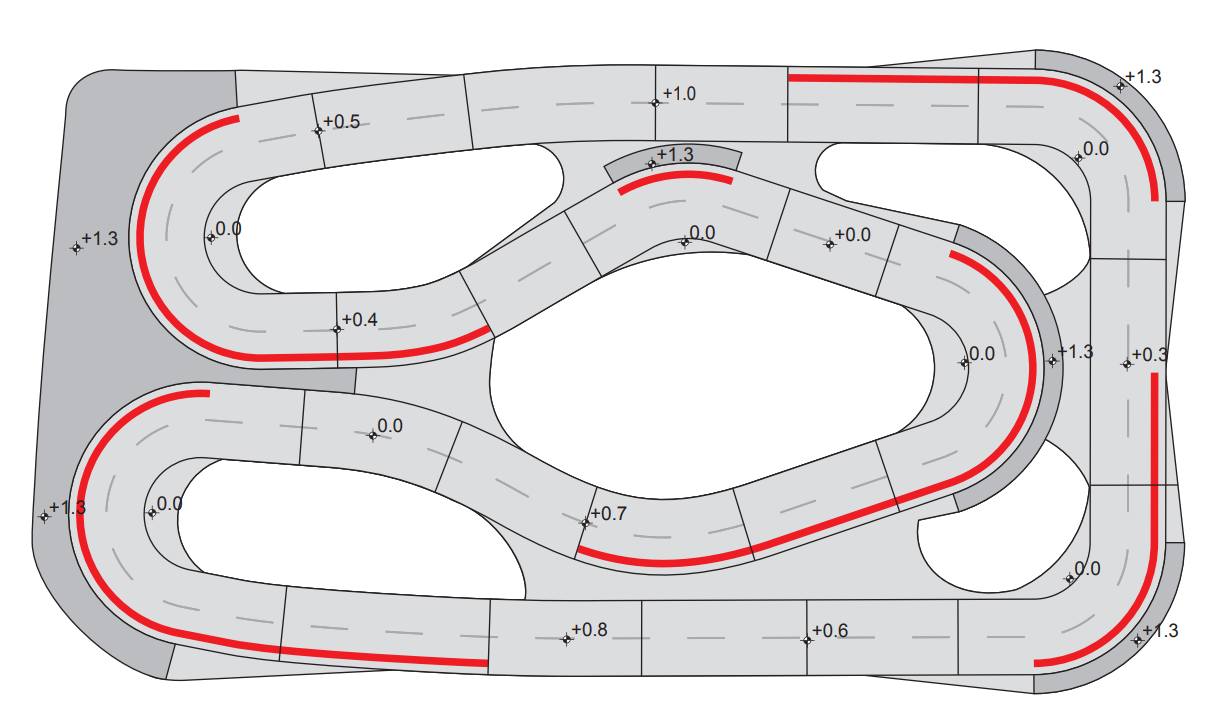Table of Contents
The main areas where leaves collect are:
- A37 Hill from Dr to garage
- Bus stop and Dr surgery
- The square beyond the Chineese Takeaway
- The triangle Christmas Tree area
- The Village Hall car park
- The footpath alongside the school
The Problem with leaves
On the A37 hill and around the Dr surgery, this is a particular risk to residents who may slip near the busy road. If the leaves are not collected from these areas, they turn to sludge and then a layer of mud and sludge. This is the condition that it was in when the village operative took over in early 2019. The instruction given to the village operative at this time was to sweep leaves into the gutter for road sweepers to collect. Invariably any leaves swept into the gutter are blown or splashed back onto the pavement.
Various methods have been tried, the following response to a residents email outlines the methods tried so far:
Thank you for your message. Clearing the path along the A37 is mainly done to reduce the build up of leaves that would increase the risk of slipping. This area is particularly troublesome to maintain as the leaves are continually dropping and being blown up from the passing traffic. It is both a dangerous and polluted area to work so our risk assessment requires that any work undertaken in this area is minimised and we also have to avoid the use of trolleys or wheel barrows.
We have tried various approaches. We have tried collecting up the leaves into bags. This made very little impact on the overall situation and increased risks to the operatives. We did try a hand held suction attachment on the leaf blower that made a kind of outdoor vacuum cleaner, but this again made very little progress and proved to be an unsafe way to work. We have also tried using the ride on mower to collect leaves after leaf blowing, this has been the most successful method so far for picking up leaves if the conditions are not too wet.
The best approach tested so far has been to blow the leaves off the path into the gutter to be swept up by BANES road sweepers when they pass. Although many of the leaves do make it back onto the path, they are not able to settle and the significant difference is that the leaves do not actually rot and create an inch deep collection of sludge, which was the case before we started this approach.
We continue to see if there are better ways to do this. Our operative will be visiting a neighbouring parish council to view a power brush machine to see if this might be another approach to consider.
The above email was in response to the following message from a resident, which reflects similar feedback from passers by:
Just a quick observation regarding the Village Operative Role and no way any criticism of his efforts.
It is great to see the village being kept tidy but I am wondering what is the rationale behind using a leaf blower to move leaves from the pavements to the road gutters as they blow back again within minutes, especially on the main road with traffic turbulence..
Obviously at this time of year the overhanging vegetation on the A37 provides for a considerable amount of fallen leaves adding to other road dust & debris which will ultimately clog the drains if left, however it seems to me that if they are temporarily displaced not disposed of, the leaves find their way back to block drains or mulch into a slip hazard, is there such a thing as a leaf vacuum?
Kind regards
Best Methods identified
The ride on mower has proved successful at clearing a vast majority of the leaves when the conditions are dry, but is of no effect after rain. The leaf blower reduces the amount of leaves on the pavement but much of what is blown away finds its way straight back.Tackling the issue by hand and bucket/bag makes very little progress and increases the risk of serious injury from passing traffic in this dangerous area to work.
The following machine was tested in Paulton, and appears to be the best solution found so far to tackling this problem:
Alternative viewed: https://www.youtube.com/watch?v=V0kv_7irreU&feature=youtu.be
Models
https://www.billygoat.com/eu/en_gb/product-catalog/leaf-litter-vacuums/mv650sph–mv-series.html


Optional accessory: Billy Goat Hose Kit Accessory for Billy Goat KV/TKV Wheeled Vacs
https://www.mowers-online.co.uk/billy-goat-hose-kit-accessory-for-billy-goat-kv-tkv-wheeled-vacs

- Recommended Retail Price: £282.00
Comparison
| LB352 Little Billy | KV601SP | MV650SPH | |
 |  |  | |
| Engine Make | Briggs & Stratton | Briggs & Stratton | Honda |
| Engine Model | 500 Series™ | Professional Series™ | GSV190 |
| Performance kW* | 2,6 | 4,5 | 4,9 |
| Performance HP* | 3,5 | 6,0 | 6,5 |
| Displacement (cc) | 140 | 190 | 187 |
| Starting | Recoil Start | Recoil Start | Recoil Start |
| Productivity (m3/h) | 1260 | 2900 | 4250 |
| Working Width (cm/in) | 51 / 20 | 69 / 27 | 74 / 29 |
| Drive Type | Push | Self Propelled | Self Propelled |
| Housing Material | Composite | Metal | Composite |
| Wheels (inch) | 8 | 12 | 14 |
| Impeller Blades | 4,4,4 | 5,5,5,5,5,5,5,5,5 | 6,6,6 |
| Impeller Type | Non Serrated | Serrated | Serrated |
| Bag System | Zipper Bag | Foldable Bag | Sliding Bag |
| Bag Capacity (l) | 105 | 151 | 151 |
| Weight (kg) | 26 | 60 | 82 |
| Length (cm) | 119 | 158 | 163 |
| Width (cm) | 55 | 68 | 74 |
| Height (cm) | 102 | 110 | 116 |
| Transmission Type | N/A | N/A | Geared |
Recommendations
The KV601SP option is recommended as a lighter model and similar to the unit tested in Paulton. It is a balance between price and robustness for heavier commercial use.
Prices
Supplier A is recommended, for both best price and as a proven local supplier
LB352 Little Billy  | KV601SP  | MV650SPH | ||
| Supplier A (local business) | £540 + VAT | £1,102 + VAT | £1,920 + VAT | |
| Supplier B (online order) | £1141.66 + VAT | |||
| Supplier C (online order) | £583.33 +VAT | £1083.33 + VAT | £1991.65 +VAT |
Supplier A is recommended to follow the Parish Council procurement values, quoted below:
To Note: PARISH COUNCIL PROCUREMENT VALUES
The Council will strive to attain best value for all goods, materials and services which it purchases. “Best Value” will be defined as a balance of price, quality of product and supplier services. The Council will operate a transparent procurement process in accordance with its Financial Regulations and Standing Orders for all procurement.
- The Council will purchase locally wherever possible and where best value can be satisfied. The Council will primarily make purchases within the Parish of Cameley, and the B&NES District.
- In evaluating “best value”, the past record of the supplier will be taken into account and this does not always mean that the Parish Council should select the lowest quotation.
- The Council will purchase Fair Trade goods where possible.
- The Council will purchase re-cycled goods or less environmentally damaging materials where they meet the required functional standard and will have regard to protect and sustain the environment.
- Procurement activities will comply with the Council’s Financial Regulations and follow guidance in the NALC Procurement Toolkit where possible.
- Tender opportunities will be promoted on the Councils website to encourage tenders from local community and voluntary organisations and the local SME sector.
- The Council will look favourably to organisations that pay the Living Wage as set by the Living Wage Foundation. (£9.30 /h 2019/2020 across the UK outside London)
- Posted: 2nd November 2020









